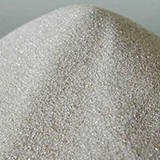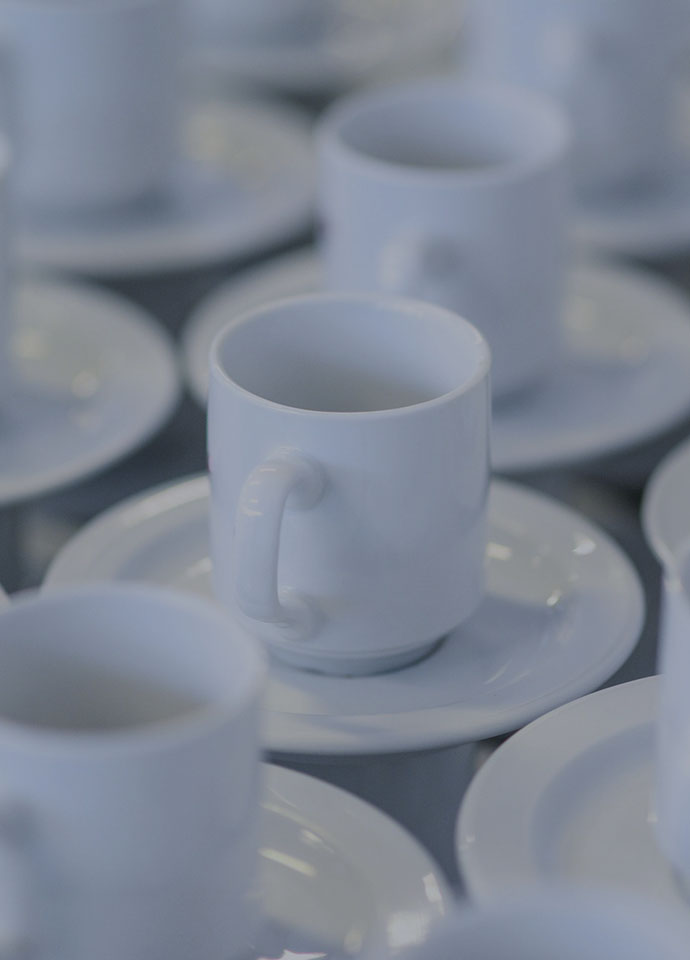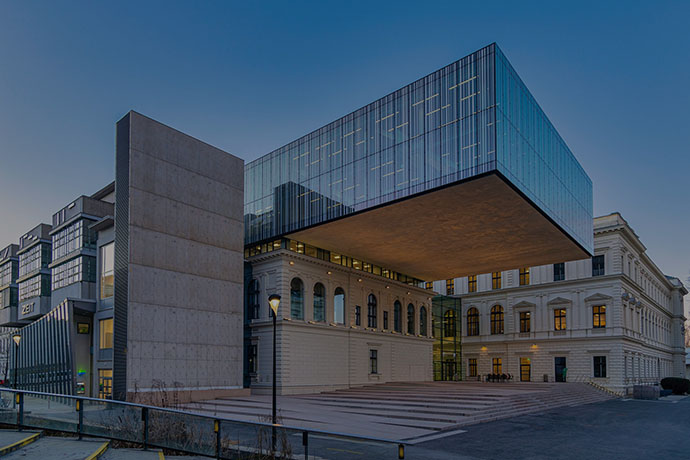

Trend: Dry-processing Powder Making The traditional raw materials of ceramics are clay, quartz, feldspar, etc. The advanced raw materials are various oxides, carbides, nitrides, etc. The open data show that the energy saving of dry pulverized coal is more than 70%, and the cost of pulverized coal is reduced by more than 20%. In addition to significant economic benefits, dry pulverized coal has obvious social benefits. According to the data published by mature enterprises, under the condition of the same quality of ceramic tiles, the comprehensive skill effect of dry pulverizing process is more than 47% than that of traditional wet pulverizing process, the operation workers of raw material workshop can be reduced by 50% or more, the use of raw material workshop can be reduced by 60%, the emission of exhaust gas can be reduced by 50%-60%, and the water saving is 80%, energy saving is 30%, fuel saving is 50% . Specific targets for energy saving, environmental protection and product performance of building ceramics industry in terms of policies and standards issued by the state are listed as follows: 1.5 million square meters per year and below production lines of building ceramics are restricted; 1 million square meters per year (excluding) and less than 200,000 pieces per year (excluding) of building ceramics bricks are eliminated. It is imperative to innovate the technology and equipment of raw ceramics production line. Dry production line will also be a choice to reduce costs and improve market competitiveness.
After crushing the material, it is fed to the grinder for grinding. After separating the powder by the classifier, the finished material which meets the fineness standard enters the powder collection stage under the action of airflow.
The dust gas enters the cyclone collector. Under the action of centrifugal force, most of the fine powder is separated and collected by cloth bags. The final fine powder is transported to the next stage.
After grinding, the finished product is conveyed directly to the next process through screw feeder, humidified and granulated, and the powder particles with about 10-12% moisture content are obtained. After drying and vibration classification, the product is stale.
Applicable Material: shaleProduction Fineness: 180mesh, D80
Shale ceramic raw materials after grinding, through granulation, ball pressing and other processes to produce glazed tile. At present, the market prospects are broad.

Applicable Material: clay Production Fineness: 200mesh, D80/325mesh, D90
Ceramic plates are made of various ceramic materials, which are grinded and mixed in a certain proportion.

If you would like to receive personalized solutions and a free quote, kindly provide your information below.